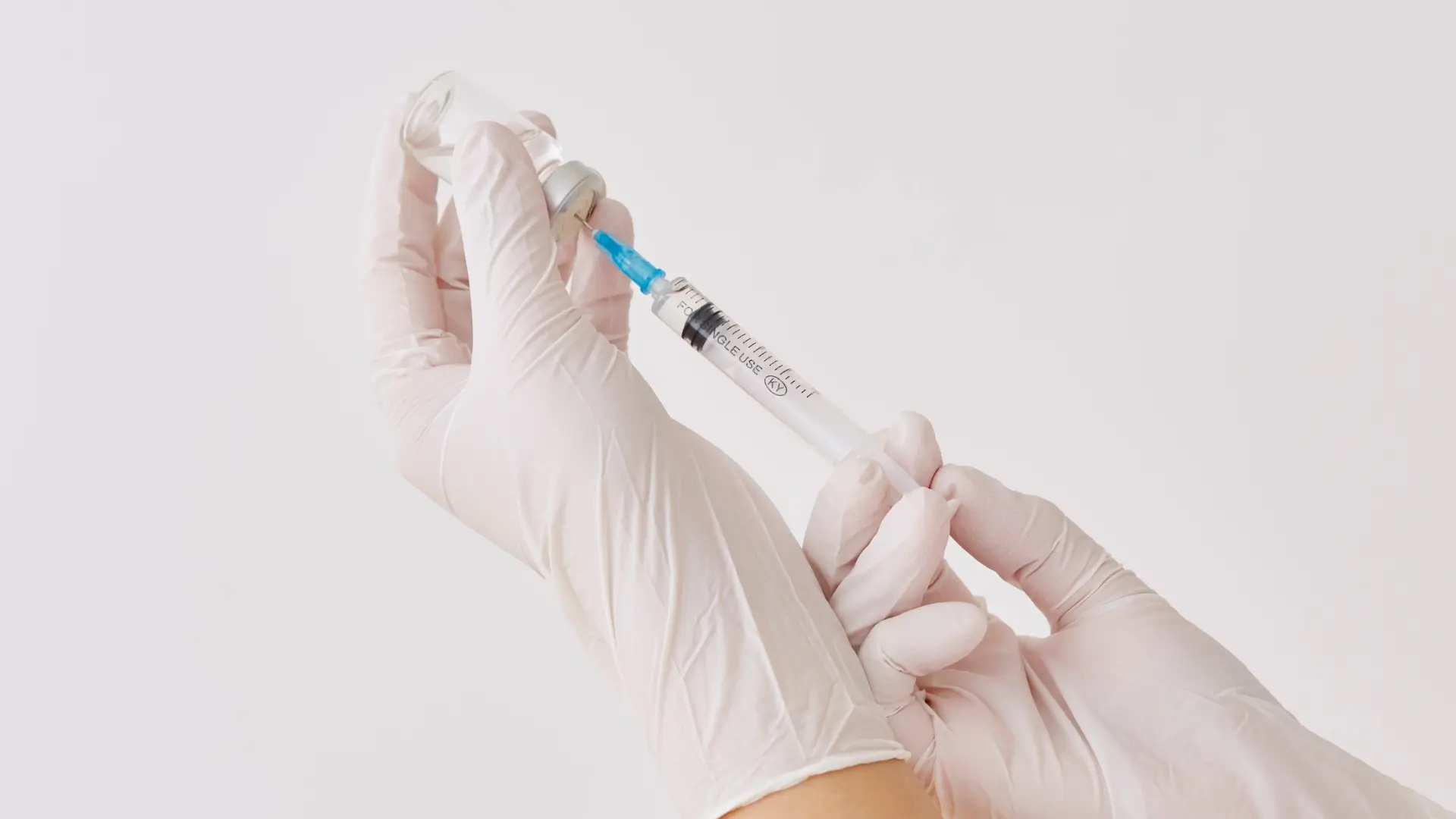Omalizumab, marketed as Xolair, has revolutionized treatment for patients with severe allergic asthma. Real-world studies consistently show that when used as add-on therapy, it significantly improves asthma control and reduces the frequency of severe flare-ups. Many patients in everyday clinical settings report substantial benefits, mirroring the positive results seen in clinical trials.
Given the growing evidence of its effectiveness, it’s essential for clinicians to be familiar with omalizumab’s generic name, its approved uses, and its clinical profile. For patients, understanding the role of Xolair can empower them to engage in informed discussions and make confident treatment decisions.
In this article, we’ll define omalizumab, explore its approved indications and clinical outcomes, explain how it works, and discuss safety monitoring and practical considerations for both prescribers and patients.
Key Takeaways on Generic Xolair (Omalizumab)
- Xolair is the brand name for omalizumab, a monoclonal antibody used to treat allergic asthma, chronic rhinosinusitis, and food allergies.
- Omalizumab binds to free IgE, preventing allergic responses and reducing inflammation in conditions like asthma and urticaria.
- Understanding the difference between Xolair injection and omalizumab is essential for accurate prescribing, monitoring, and patient education.
- Biosimilars of omalizumab (Xolair) are expected to enter the market soon, requiring careful monitoring and adherence to safety guidelines.
- Clear documentation of Xolair and omalizumab ensures proper treatment management, especially when switching between products or using biosimilars.
About: Medica Depot is your trusted all-in-one supplier, offering a range of high-quality medical injectables and supplies. If you’re looking to buy Xolair, contact Medica Depot’s sales representatives and they will guide you on how to do so. Whether for health professionals, plastic surgeons, dermatologists, licensed estheticians, or other specialists, we can offer genuine, brand-name products you may need. With Medica Depot, we prioritize serving you better to improve the patient’s quality of life.
Relationship Between Xolair and Its Generic Name, Omalizumab: For Asthma, Chronic Urticaria, Etc.

It’s common for people to get confused between Xolair and its generic name, omalizumab. While Xolair refers to the marketed product manufactured by Genentech Inc., omalizumab is the nonproprietary name for the active molecule. The FDA has approved Xolair for several medical concerns, including:
- Allergic asthma
- Chronic rhinosinusitis with nasal polyps
- Chronic spontaneous urticaria
- Food allergy
Omalizumab is the active monoclonal antibody in Xolair, and healthcare professionals use it when discussing pharmacology, mechanisms, or the active ingredient itself. Understanding when to administer Xolair versus omalizumab helps providers and patients differentiate between the marketed product and the generic molecule.
When biosimilars of omalizumab become available, it’s important to review the regulatory guidelines on interchangeability and follow the product-specific instructions for monitoring and administration. Unlike traditional small-molecule generics, biologics like omalizumab are regulated as biosimilars, requiring comprehensive comparability data to confirm safety, purity, and potency.
Pharmacologic Classification and Mechanism of Omalizumab

Omalizumab is a humanized monoclonal antibody, classified as an anti-IgE biologic. So, how does Xolair work? Omalizumab binds to free IgE in the bloodstream, specifically at the Cε3 domain, neutralizing it. By preventing IgE from binding to high-affinity FcεRI receptors on mast cells and basophils, it reduces the likelihood of IgE-mediated degranulation, which is a major cause of allergic reactions.
Over time, omalizumab reduces FcεRI receptor expression, leading to decreased cell sensitivity. This results in sustained IgE suppression, which reduces the risk of type-2 inflammatory signaling, histamine release, and basophil activation. The clinical benefits are measurable across various allergic conditions, such as allergic asthma, chronic spontaneous urticaria, and IgE-mediated food allergies.
Patent History, Biosimilar Development, and Emerging Alternatives: Xolair Autoinjector, Xolair Prefilled Syringe

Developed by Genentech Inc. and Novartis, Xolair was originally protected through patents covering composition, manufacturing, and formulation, which supported its exclusive marketing rights. The key US formulation patent for Xolair is currently set to expire in November 2025, enabling omalizumab biosimilars to launch in the U.S. market.
These biosimilars must demonstrate clinical similarity to omalizumab, proving safety, efficacy, and potency through comparability studies. Unlike traditional generics, biosimilars are not identical to the original product but must show no clinically significant differences.
As the market evolves, healthcare providers will need to stay informed about the safety and efficacy of these alternatives. Information about biosimilars can be found on resources like the FDA’s Purple Book or the EMA registers.
Notably, Xolair injection offers various forms of its omalizumab formulations. These include:
- Xolair Autoinjector
- Vial of Xolair Medication
- Xolair Prefilled Syringe
Clinical Relevance of Recognizing Omalizumab Nomenclature in Prescribing and Data Review
Being clear about the distinction between the brand name Xolair and the generic name omalizumab is essential for both prescribers and patients. When discussing the injection treatment, healthcare providers should use omalizumab when referring to the active ingredient or pharmacology, and Xolair when referring to the specific product, dosing, or safety guidance.
Accurate documentation is also key. It’s important to record both Xolair and omalizumab in electronic health records and discharge summaries to avoid confusion, especially when patients switch suppliers or biosimilars are introduced. Consistent nomenclature ensures that clinical data, safety signals, and outcomes are correctly attributed to the appropriate product.
Conclusion
Understanding Xolair’s generic name, omalizumab, is crucial for both healthcare providers and patients. Omalizumab plays an essential role in managing conditions like asthma, chronic rhinosinusitis, and food allergies, and understanding how Xolair works can help each doctor provide better treatment options for their patients.
As biosimilars of omalizumab become more accessible, it’s important for each doctor to stay updated on their safety and efficacy. Clear communication about the differences between Xolair and omalizumab fosters better understanding, enabling informed decision-making and promoting patient trust in the injection treatment process.
FAQs
1. What is the generic name of Xolair?
The generic name of Xolair injection is omalizumab, a monoclonal antibody used to treat allergic asthma and other allergy-related conditions. Understanding the difference between Xolair and omalizumab helps clarify treatment options.
2. How does omalizumab work?
Omalizumab binds to free IgE in the bloodstream, preventing it from activating mast cells and basophils and thereby reducing allergic reactions.
3. What should patients know about biosimilars of omalizumab?
As omalizumab’s patents expire, biosimilars will enter the market. These products must demonstrate clinical equivalence in terms of safety, efficacy, and potency before practitioners can use them as alternatives.
References
Bousquet J, Humbert M, Gibson PG, et al. Real-World Effectiveness of Omalizumab in Severe Allergic Asthma: A Meta-Analysis of Observational Studies. The Journal of Allergy and Clinical Immunology: In Practice. 2021;9(7):2702-2714. doi:https://doi.org/10.1016/j.jaip.2021.01.011
U.S. Food and Drug Administration. Biosimilars Review and Approval. FDA. Published December 13, 2022. Accessed October 31, 2025. https://www.fda.gov/drugs/biosimilars/review-and-approval









